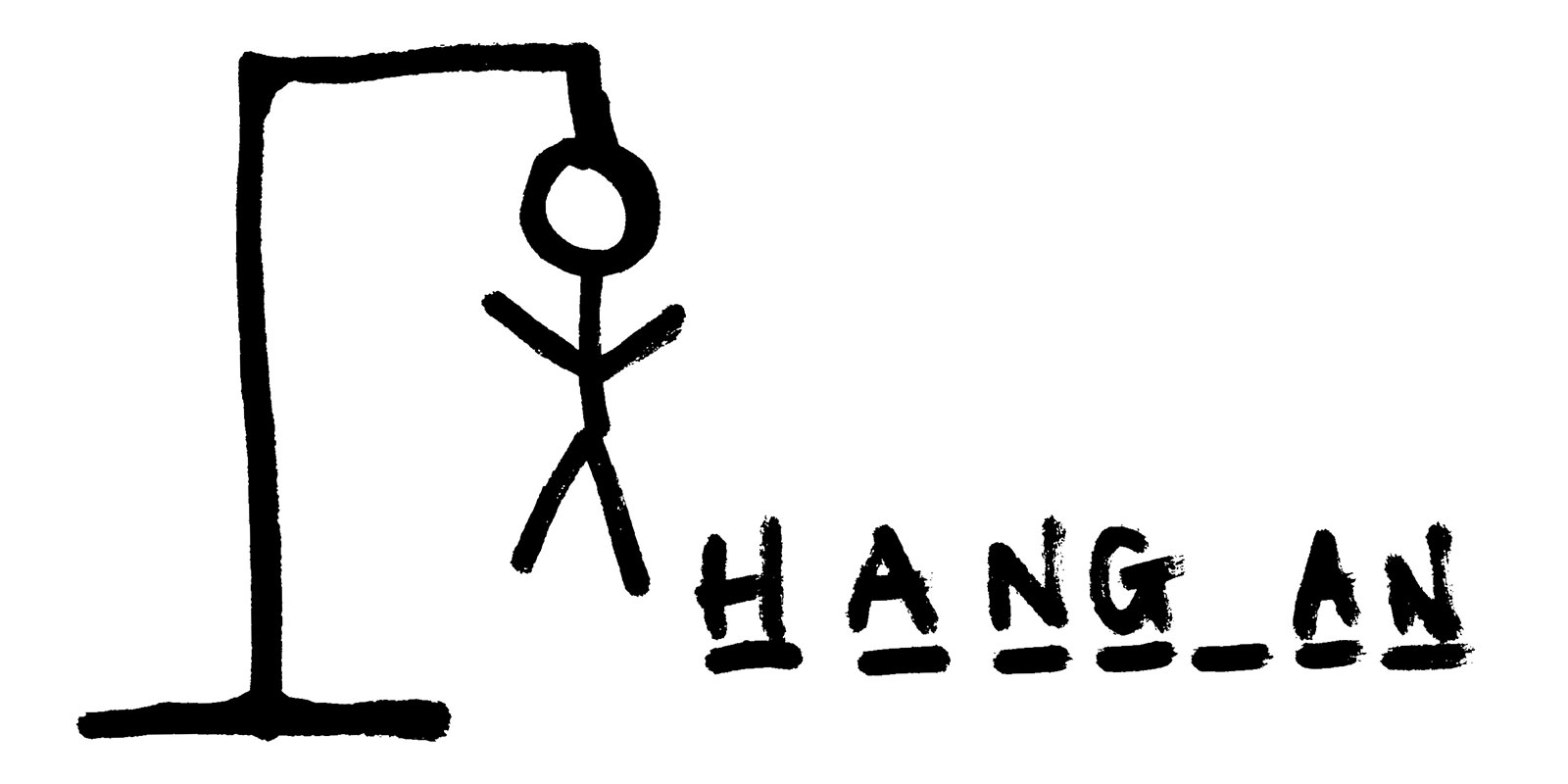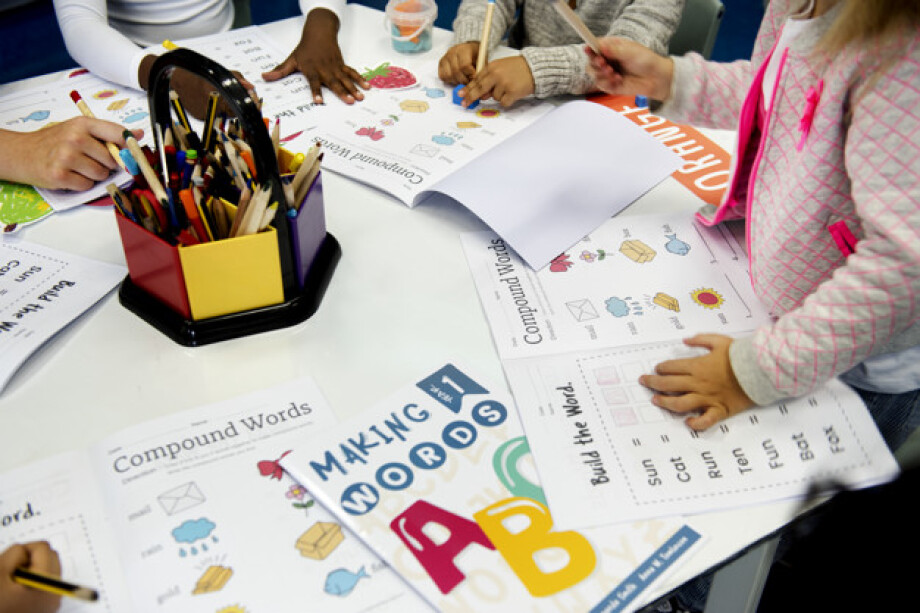In order to make the learning process as effective as possible, teachers use various methods and techniques. Eliciting includes several techniques that allow teachers to create a learners-centred environment and make them provide information instead of just giving it to them. Eliciting makes vocabulary more memorable and helps to build up new knowledge on the base of what students already know. Moreover, eliciting permits students to work as a team and assists in self-discovery. In this article, I have collected the best methods of eliciting vocabulary while working with kids.
Drawing
In my opinion, this one is the simplest. You should show the pictures to your young students and ask the questions that will guide them to the right word or phrase. For example, you can point on the right pencil (in the picture below) and say: “This pencil is…. (long/big)” and then on the right pencil: “And this one is… (short/small)”.
 Moreover, to make the task more creative and involve students more, you can ask a couple of students to come to the blackboard and to draw pictures that you will need, while you are going through the organisational stage of the lesson.
Moreover, to make the task more creative and involve students more, you can ask a couple of students to come to the blackboard and to draw pictures that you will need, while you are going through the organisational stage of the lesson.
Miming
This is a very fun activity that you can use in your lessons without preparation. For example, you want students to revise animals. You show with your gestures the first animal (for instance — a bird, waving with your hands as if they are wings), the student who guesses first shows the next animal. Similarly, you can revise different adjectives, nouns, verbs and even adverbs (like ‘slowly — quickly’, ‘silently — loudly’ etc.).
Making a list
To make students remember as many words they know on the topic as possible, you may ask them to write a list. Two students can write the words on the board, others — in their copybook. Time limit — 2 minutes. Once the students near the blackboard have finished writing, others can add more words to the list.
Synonyms
Synonyms allow students to revise and use the vocabulary that can be passive. For instance, you can say “The girl (show the picture of a nice girl) is nice. What are the other synonyms for nice?”. And students may say “beautiful, pretty, good-looking, etc’.
Antonyms
From my experience, both synonyms and antonyms work best if they are supported by a picture or miming. For example, you can show the picture (below) and say: “The hare is quick, and the turtle is…”. And students say “slow”.
 Hangman
Hangman
If you have extra 10-15 minutes at the lesson, you can elicit vocabulary and also revise letters in such a way. You write the topic on the board, explain that you are going to play a game, draw the dashes (their number should correspond to the number of letters in a word) and students should guess the word by calling letters. If they call too many wrong letters, the hangman ‘dies’. The quicker they guess the word — the better.

Eliciting from the context (dialogue, text, etc.)
After reading the text, listening to a song, or reading a dialogue you can write out the necessary phrases on the blackboard and elicit the meaning by asking questions. For example, the sentence is “And every night, when the sun goes down, the pig becomes a handsome prince.” You can ask “Handsome — does it mean something good or bad?”, “Do we use it to talk about men or women?”, “Does ‘handsome’ mean ugly or beautiful” etc.






 Вероника Аветисян
Вероника Аветисян 
 Маргарита Аветисян
Маргарита Аветисян 


